VW Tiguan Review: A Sensible Car For Sensible People
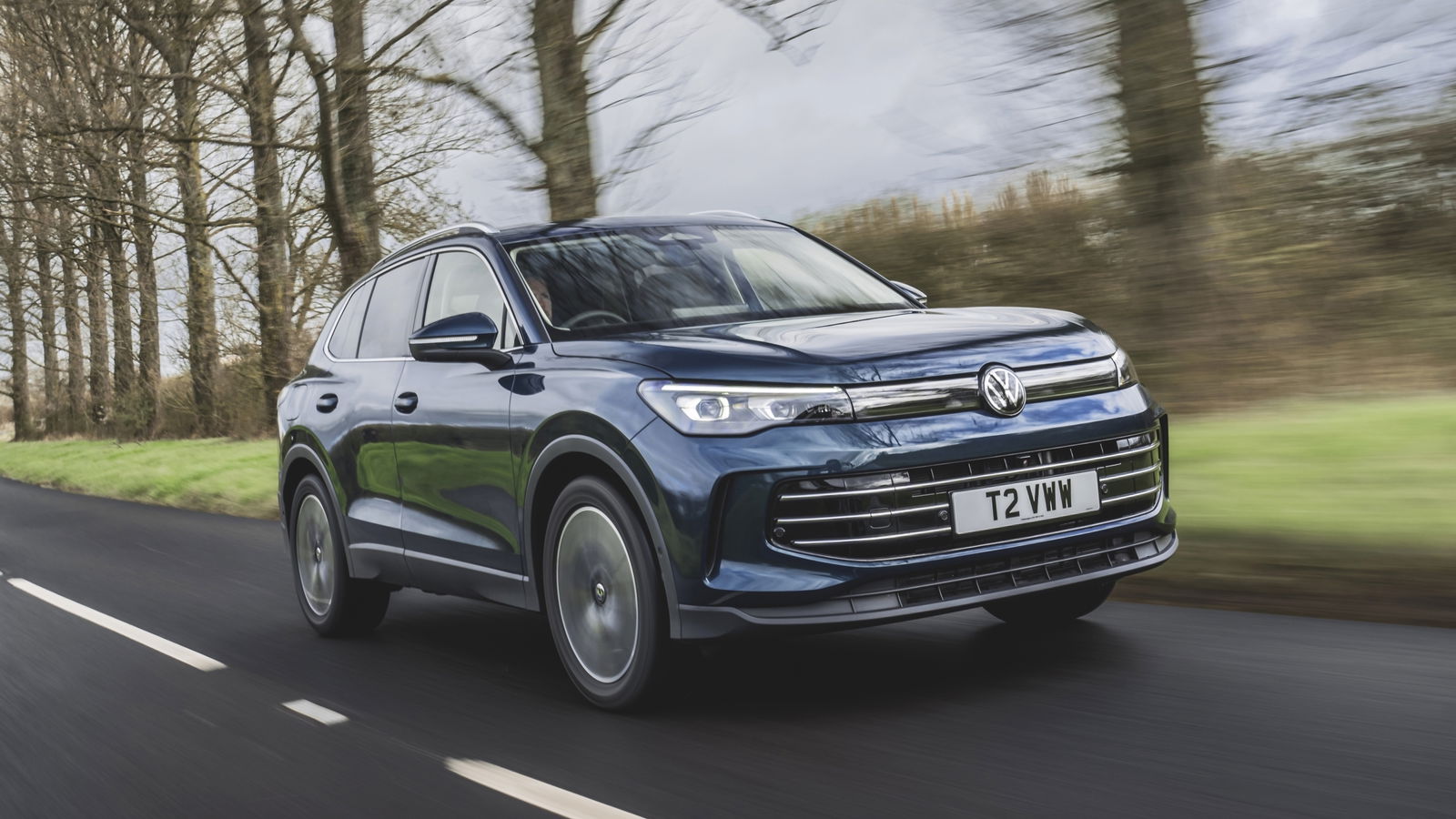
Pros
- Well built, efficient, practicalWide range of powertrain options
Cons
- Interior favours gimmicks over functionalityNot exactly thrilling to drive
Okay, let’s get one thing out of the way: what the heck does ‘Tiguan’ mean? Volkswagen’s smash-hit family crossover has been around for nearly 17 years now, but have we actually stopped to question that name? Well, turns out it’s a portmanteau of ‘tiger’ and ‘iguana’. Bust that one out on your next pub trip and watch as everyone awkwardly makes excuses and leaves.
Anyway, the Tiguan. It’s now Volkswagen’s best-selling car worldwide – it’s sold 7.5 million of the things since 2007 – and you can thank the planet’s voracious appetite for crossovers for that. A lot rides on this new third-generation version, then, which sits on Volkswagen’s scalable MQB Evo platform alongside the new Passat and about 857,903 other cars from the VW Group.
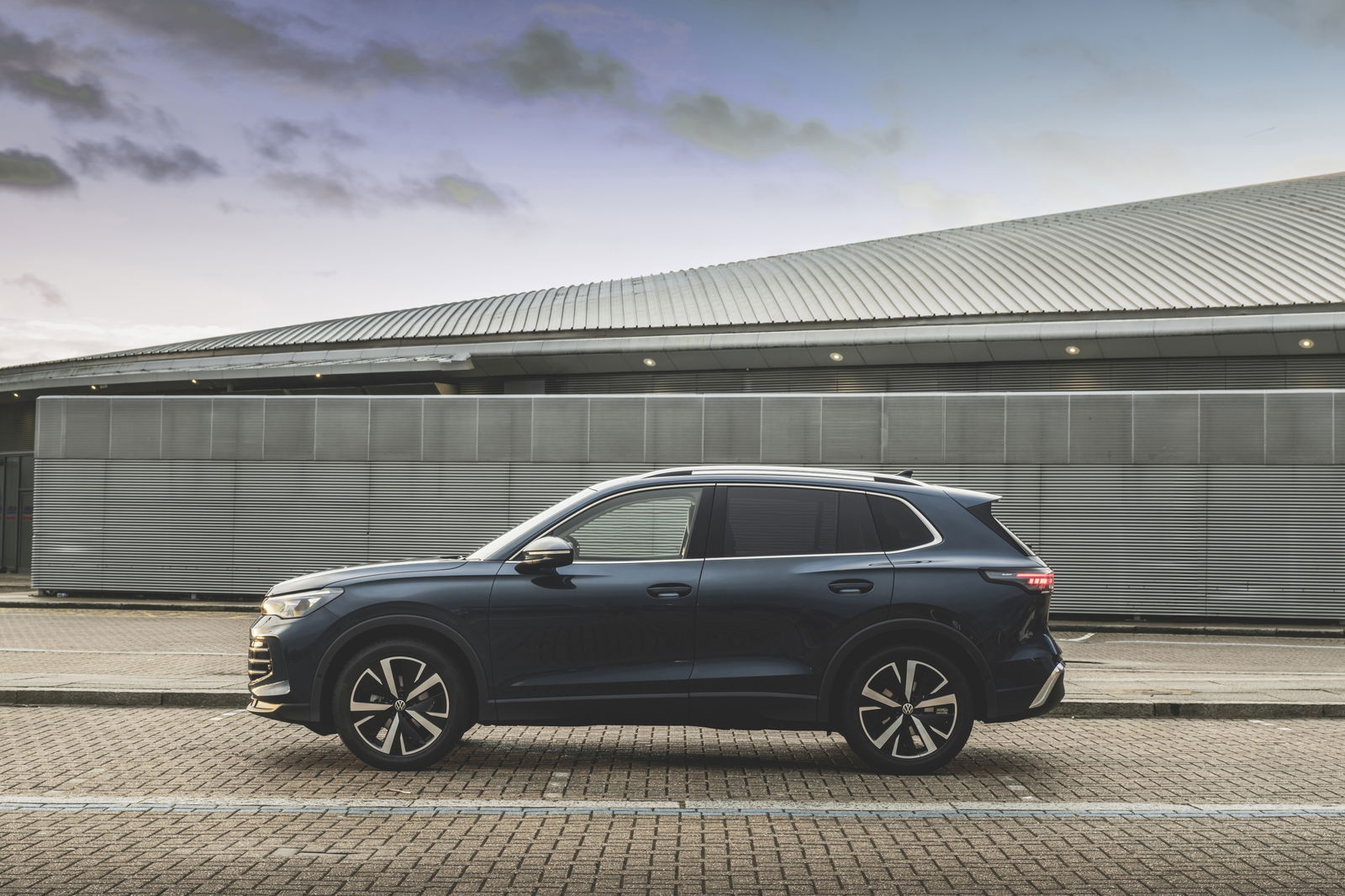
Given that the Tiguan is likely to appeal to a far bigger audience than the new Passat, it has a wider range of powertrains to boot: here in the UK, it’ll come with a 1.5-litre turbocharged four-pot with two power outputs, a pair of plug-in hybrids with that same engine, a 2.0-litre turbo four making either 201 or 261bhp, and even (gasp) a 2.0-litre diesel. All Tiguans get a DSG automatic gearbox – six speeds in the PHEVs, seven in everything else – while the 2.0-litre petrols get standard four-wheel drive.
This one, though, has the same powertrain as the Passat we drove recently: the more powerful of the 1.5-litre petrols, sending 148bhp through the front wheels. It’s the mildest of hybrids, with a 48v generator acting as an alternator and starter motor and filling in some torque gaps at low speed. 0-62mph takes 9.1 seconds, and top speed is 130mph. A combined 43.2mpg is quoted.
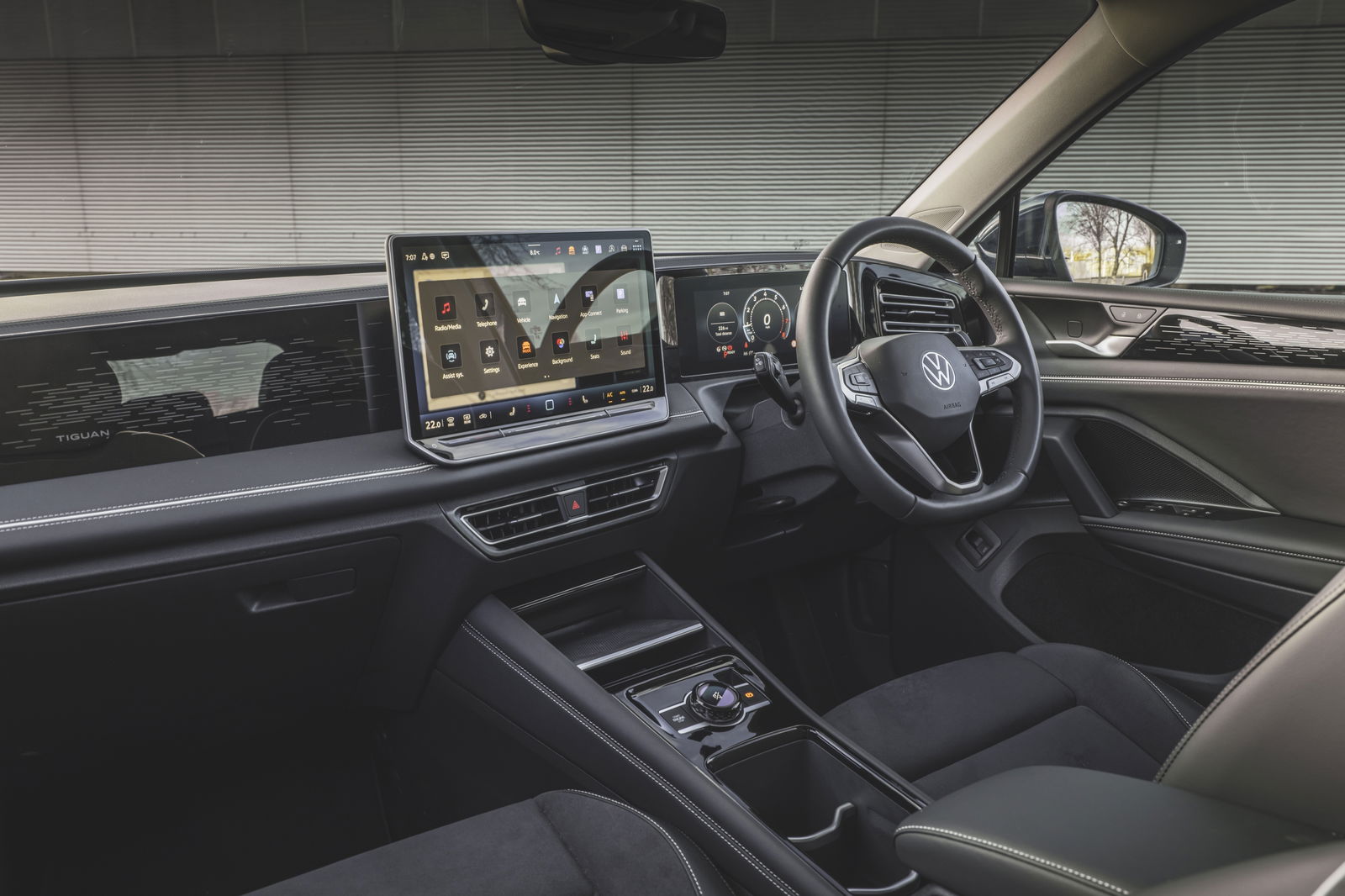
We’ve been driving it in top R-Line spec. The ‘Line’ bit is important – it’s like an S-Line Audi, with all the sporty visual accoutrements but none of the actual performance. You get big, cossetting bucket seats up front, as well as 20-inch alloys in a style that VW calls ‘Leeds’ (you can get ‘Coventry’ alloys on the Passat, too. And did you know the Mk7 Golf GTI had an optional wheel called the ‘Milton Keynes’? We’re not sure what VW is going for here). It’s unconfirmed whether an actual Tiguan R is in the works for this generation.
The Tiguan’s interior architecture is immediately familiar from the new Passat, which is both a good and bad thing. You can read a bit more about its features and flaws in our Passat review, but the short version is this: everything in here feels as solid and premium as you’d expect from a VW, but the ergonomics still need work. You need to choose a nice subtle colour for the mood lighting and backlit dash, too – it all looks a bit chintzy otherwise.
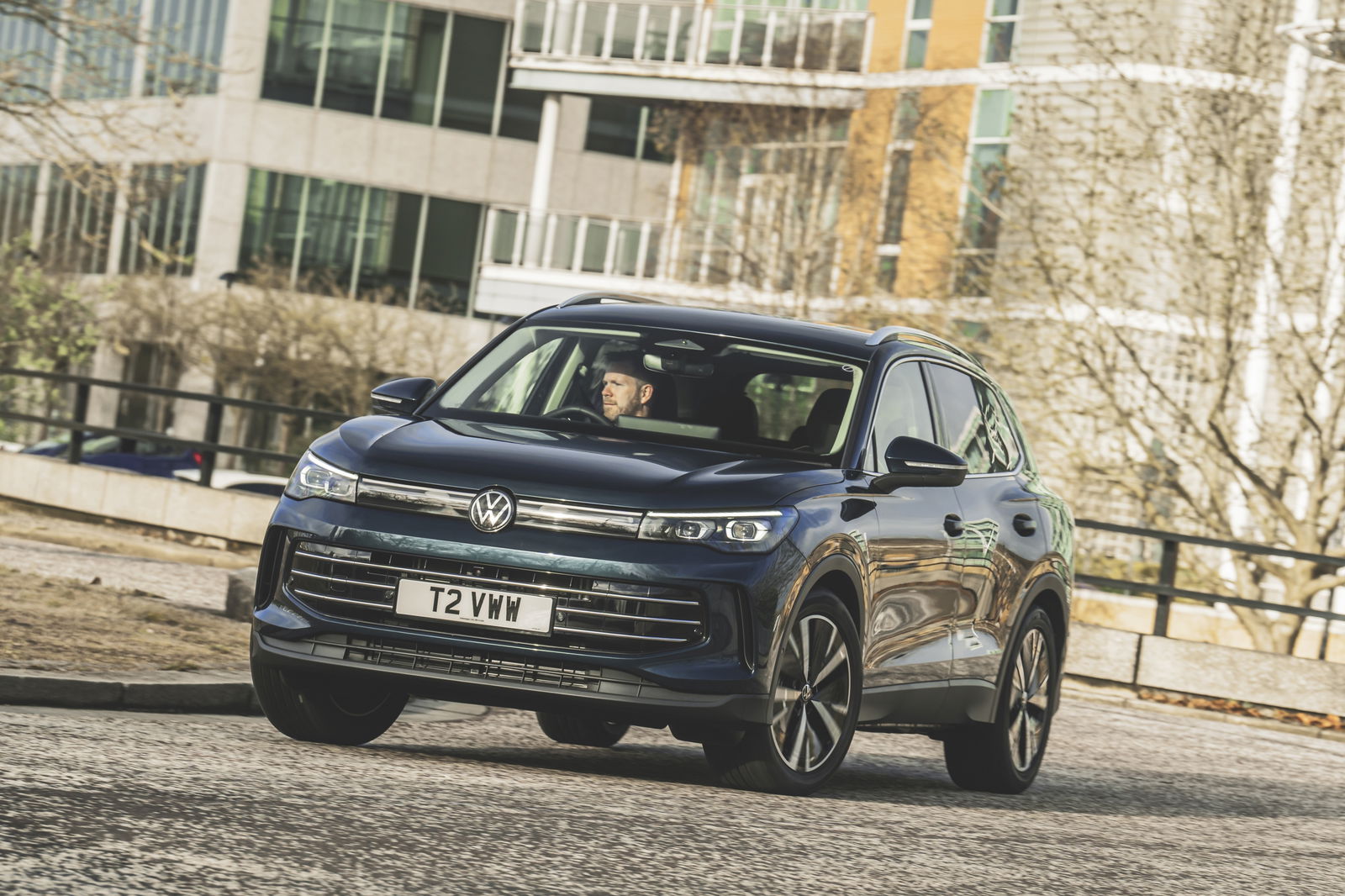
The Tiguan does differ from its estate cousin in a couple of ways. For starters, our car had the optional 15-inch touch screen, which is quite frankly overkill – the standard 12.9-inch unit is plenty. All Tiguans also get a new ‘driving experience switch’, a gimmicky little rotary dial in the centre console that allows you to switch drive modes and choose between various preconfigured lighting and soundtrack setups. It’s the sort of thing owners are likely to use twice and then forget about, and would have been better utilised as a way of navigating the screen. The new Tiguan is also one of the first VWs to roll out voice-activated ChatGPT assistance.
Again, you really shouldn’t be fooled by the big bucket seats you get in R-Line Tiguans. They’re a nice touch, but you’re not going to be driving this car in any way that’ll require you to be clamped in place.
With 148bhp on offer, progress is leisurely at best, although you’re never really left running out of puff in most scenarios. The DSG gearbox works away smoothly in the background, never really making its presence known, although it shares an irritating habit with the Passat in that it clings onto gears for a second or two too long after you’ve accelerated up to speed.
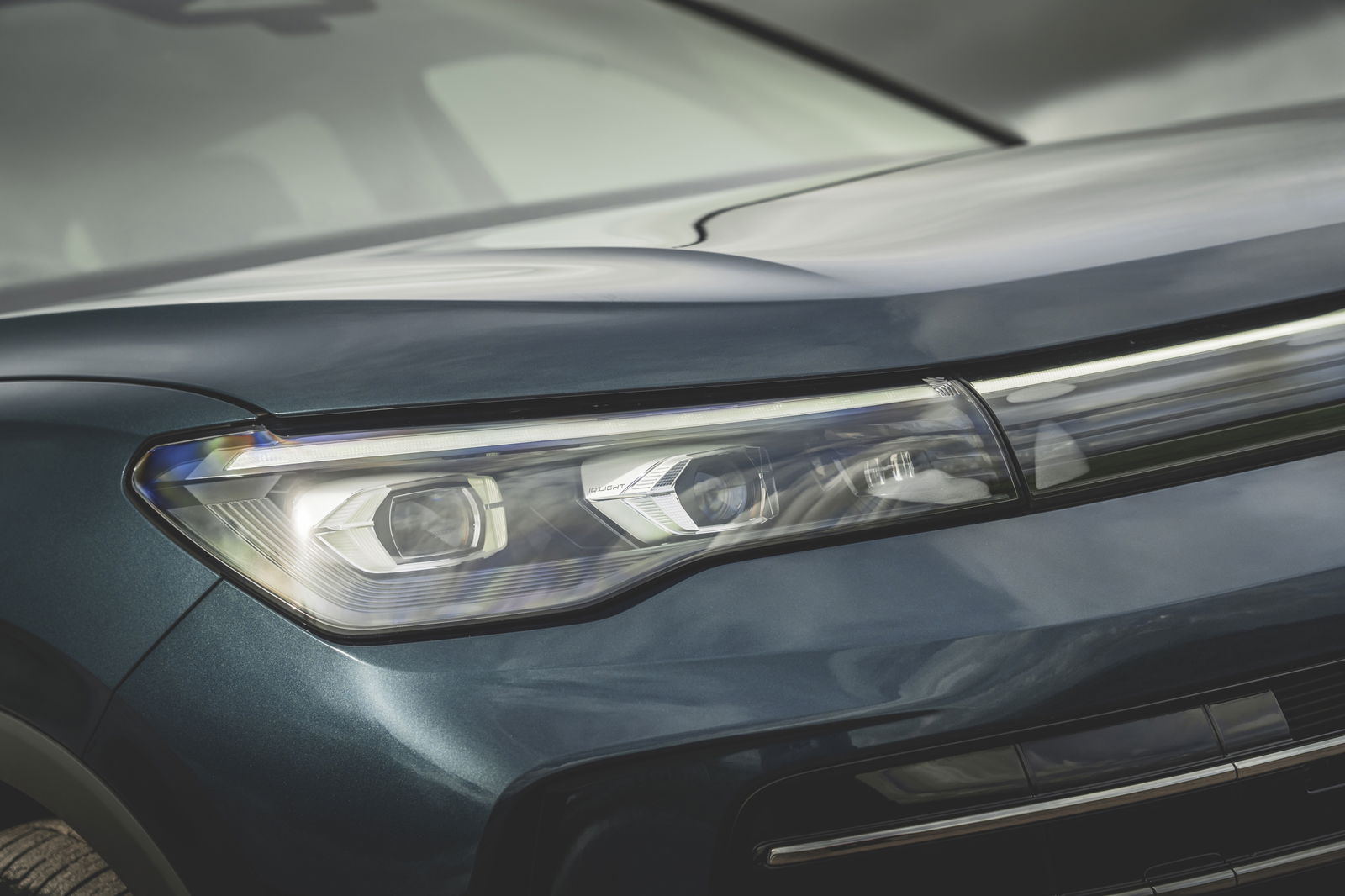
Comfort and refinement are good, although a bit compromised. Perhaps owing to the R-Line’s fairly chunky wheels, or perhaps because its tall ride height necessitates a firmer setup, you do get jostled about a fair bit over lumpy surfaces. Naturally, the high-ish centre of gravity means the Tiguan lolls about a bit through the corners, but the presence of a front e-diff keeps things relatively tidy overall.
Tiguan prices start at £34,075, but as tested in top R-Line trim with a few pricey options, this car came in at a punchy £47,900. £3,425 alone comes from the oversized screen, underwhelming Comfort Pack and rather vulgar Black Styling Pack. Basically, if you’re speccing one, think long and hard about what options you need, otherwise you might start staring down some frighteningly big numbers.
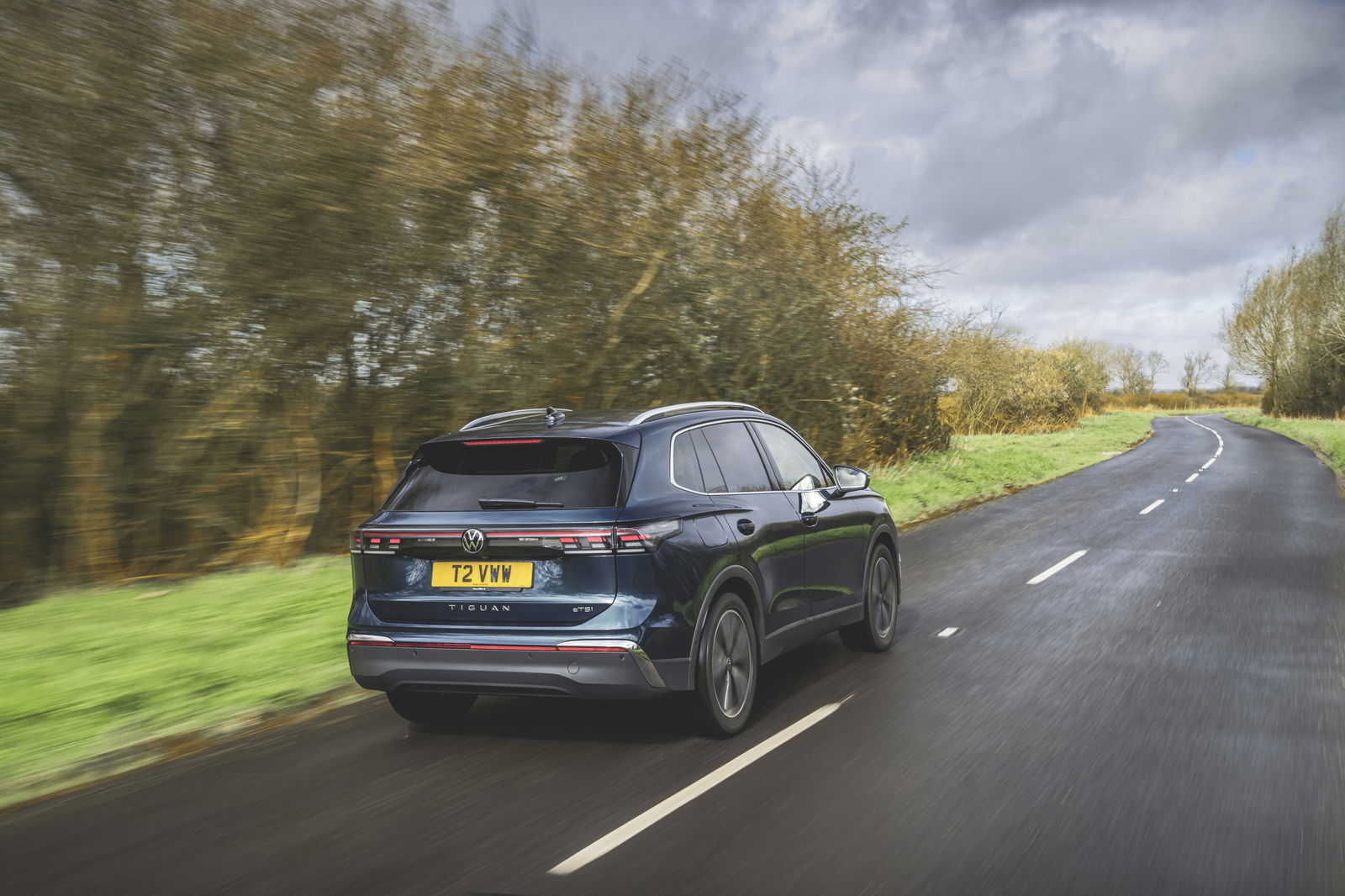
There’s a whole lot of choice in the Tiguan’s class, with rivals offering every conceivable powertrain at a big range of price points. The Tiguan remains so popular because, despite, erm, certain past transgressions, people trust Volkswagen to deliver a good all-rounder.
It’s done that again here. The Tiguan, you won’t be shocked to learn, is not an exciting thing to drive in 1.5-litre form, but it ticks most of the VW boxes. It’s a shame more effort has been expended on making the interior a slightly gimmicky showpiece rather than the crisp, pleasant and functional environment that you expect from Volkswagen, but it’s all easy enough to adjust to.
Other than that, though, it’s business as usual with the Tiguan. It’s probably going to be just as successful as its predecessors, and understandably so.
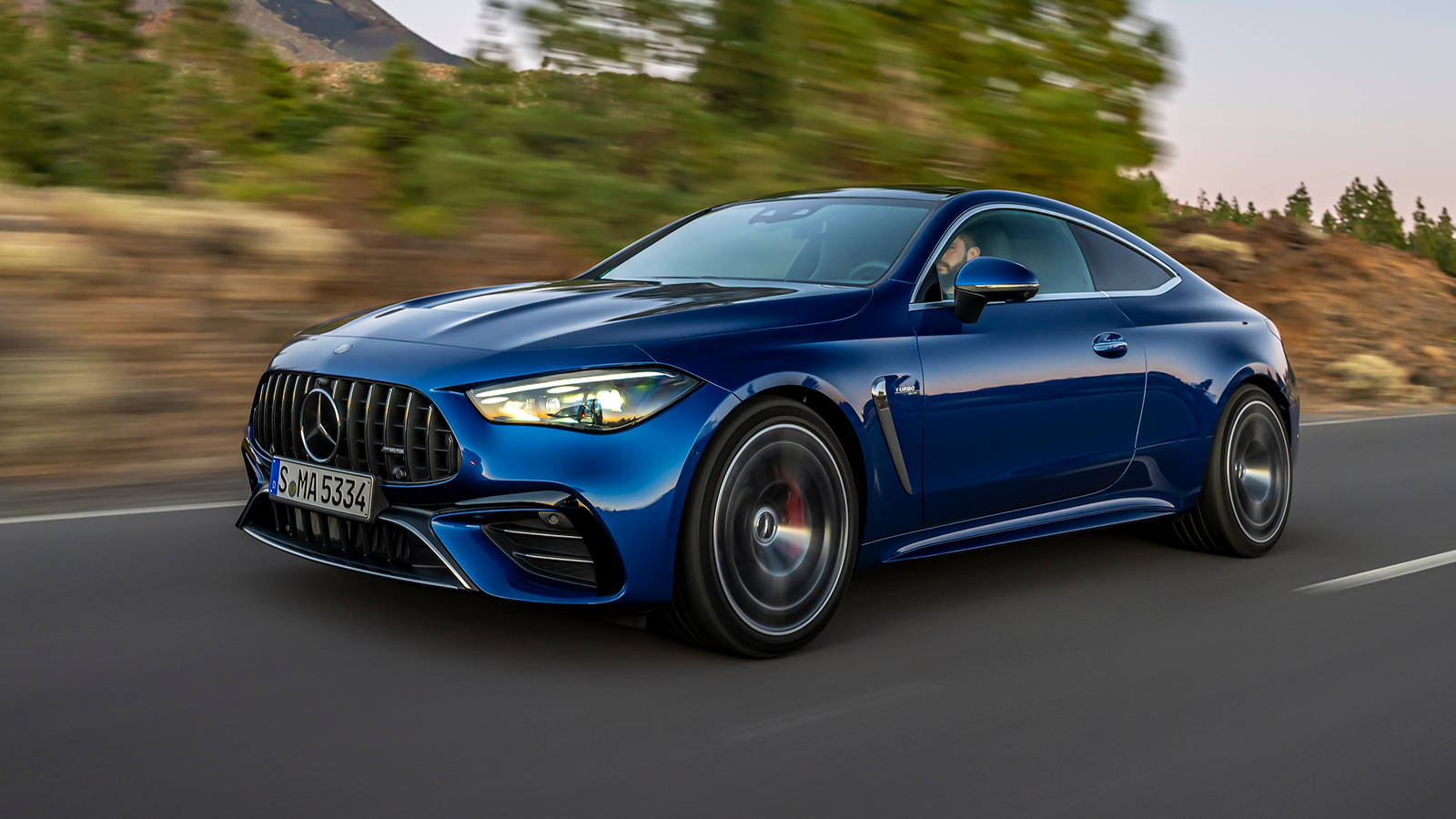
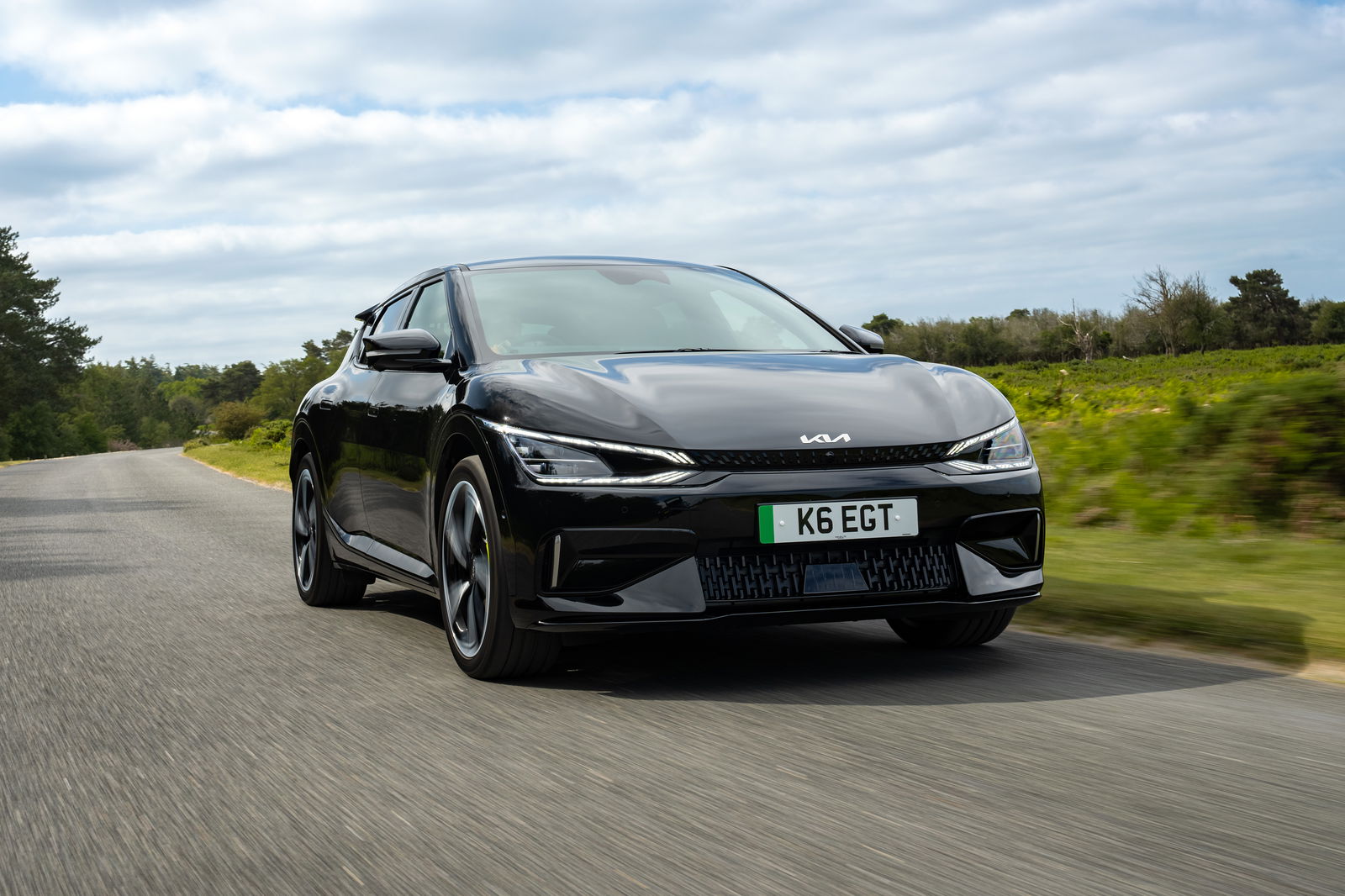

Comments